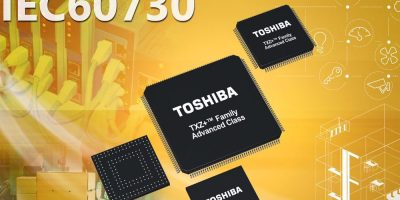Contactless payment has been gaining in popularity and Infineon says its Secora Pay portfolio on 40 nm technology addresses many of the new payment card and devices. It uses the company’s Solid Flash chip and offers new applets and customised value-added products for standard payment cards (Secora Pay S) as well as multi-application cards (Secora Pay X) and components to turn any device into a payment device (Secora Pay W).
The product portfolio also provides applets of global (Visa, MasterCard, Discover, and American Express) and domestic networks. It offers state-of-the-art contactless and personalization performance, allowing MasterCard contactless transactions of 200ms.
Secora Pay options on 40 nm technology offer backward compatibility to existing Secora Pay products in terms of card production antenna designs, personalisation and product certification. The family uses a security controller including certified software integrated in coil on module (CoM) chip modules and fine-tuned inlays for seamless card production.
Infineon uses inductive coupling technology and wire embedded card antennas for the CoM system which is claimed to offer high flexibility in card designs. It can be integrated into environmentally friendly cards from recycled and ocean-bound plastic or wood, high performance dual interface metal or LED cards, says Infineon.
According to Infineon, Secora Pay products support the highest throughput in card production with minimum consumable material for manufacturing highly robust dual interface cards. As well as saving resources, new value added services based on Secora Pay’s NFC tag functionality are offered, allowing additional use cases like initial card activation.
The pre-certified Secora Pay W with SPA2.1, a small antenna on 35 mm film tape, addresses the growing demand for payment accessories and new payment form factors. In combination with payment and tokenisation services provided by partners, Infineon explains that it allows the easy integration of payment functionality into end-customer applications, for convenient contactless payment functionalities for wearables like wristbands as well as key fobs or other form factors.
Product versions supporting the latest Visa and MasterCard applications are available now. Additionally, applets supporting American Express, Discover and others will become available in Q1/2022.







